The Problem with Deer
The majestic red deer stag holds a strong cultural significance in Scotland. Throughout the centuries this impressive beast has been revered as a symbol of strength, nobility and wisdom. Our other native deer species, the more graceful and delicate roe deer, is also a much-loved part of the Scottish fauna. Deer are keystone species, helping to shape ecosystems – light grazing by deer keeps competitive plant species in check, allowing a greater diversity of plant life to thrive, and micro-habitats are created when deer disturb ground with their hooves and fertilise the soil with their dung.
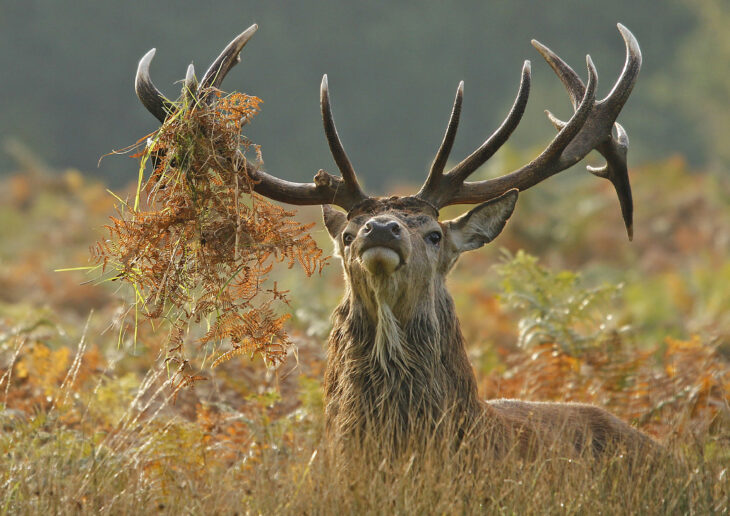
It is, however, possible to have too much of a good thing – at high densities deer go from being gentle gardeners of the landscape to metaphorical bulldozers. The independent Deer Working Group recommended in their 2020 report that for natural woodland regeneration to occur in the presence of deer there should be no more than five in every 1 km2 of land (variable with species and location), but there are many places in Scotland where deer densities far exceed this and where, as a result, woodland regeneration doesn’t stand a chance without protection from deer proof fencing.
High deer numbers are also bad news for Scotland’s internationally important peatlands. Overgrazing of peat-forming plants and trampling of peatland soils hampers the carbon capturing peat-formation process and degrades existing peat, releasing greenhouse gases into the atmosphere and destroying habitat relied upon by a unique assemblage of species.
On our Rahoy Hills Wildlife Reserve on the Morvern Peninsula, we have been tackling habitat degradation by both deer and sheep. The impact of herbivores here has been found to be reducing habitat availability for many species and suppressing biodiversity recovery. Things have improved since the removal of sheep in 2017, but much work still needs to be done to bring the deer population down to a level at which full restoration is possible.
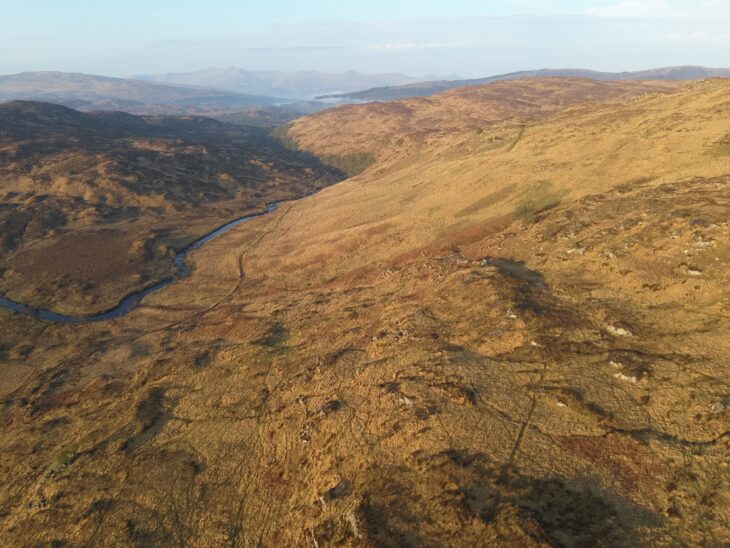
The total number of deer in Scotland, including our native red and roe deer and the introduced sika and fallow deer, is estimated to be nearly one million. This is unnaturally high and represents a major ecological imbalance driven by human actions – namely the removal of all of Scotland’s post-glacial large predators (bears, wolves and lynx) and the intentional management of private hunting estates, covering roughly 1.5 million hectares of the Scottish uplands, to produce high numbers of red deer to be shot for sport.
Scotland’s sporting estates are to this day world-renowned for their hunting experience. The exclusivity of shooting rights on these estates has, however, contributed massively to the proliferation of deer populations in the uplands and the spreading of these populations into the wider landscape.
That’s not to say that deer aren’t managed on these estates – gamekeepers on Highland sporting estates are responsible for the majority of the deer control that happens in Scotland. However, here they are generally managing herd sizes in the interest of producing healthy stags for their clients to shoot, and this is not necessarily on par with the level of control required to achieve environmental and conservation objectives.
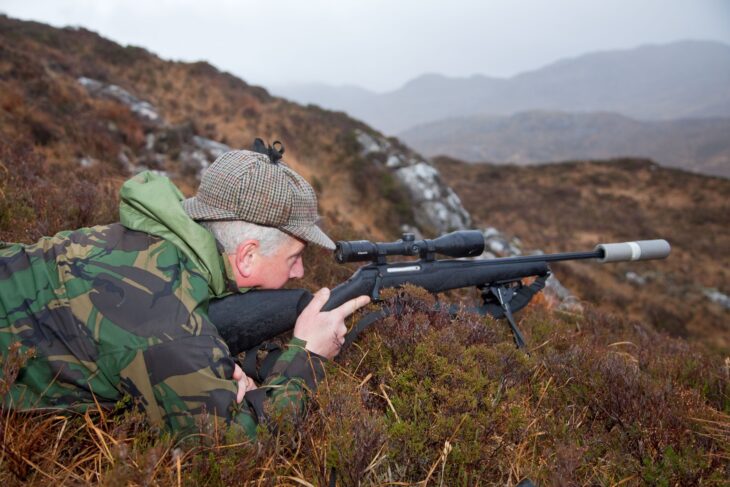
It would be fair to say that, for many years, those whose livelihoods depend on keeping deer numbers high, and those who want to see densities reduced to levels which allow natural regeneration, have often been strongly divided. The lack of constructive communication among the main stakeholders in deer management has been a longstanding issue which has hampered progress towards finding mutually acceptable solutions to Scotland’s deer problem. The Common Ground Forum on Sustainable Upland Deer Management is a groundbreaking initiative set up in recent years to address this problem. The Forum seeks to facilitate positive dialogue and improve relationships between stakeholders to allow them to work collaboratively towards implementing sustainable and integrated deer management on the ground. The Trust is very supportive of the Common Ground approach and believes that the engagement seen so far by a diversity of stakeholders signifies real progress towards bridging the deer management impasse in Scotland.
Another major player in Scotland’s deer management landscape is Forestry and Land Scotland (FLS). FLS owns 8% of Scotland’s land but in 2023/24 was responsible for culling 42,500 deer, which was one third of the national total. Paul Bekier, Area Wildlife Manager for FLS told the Trust – “Scotland’s very high background deer population continually hampers FLS’ achievement of its environmental objectives in many areas.” Paul explained that FLS’ efforts are consistently challenged by deer from unmanaged surrounding landholdings moving into newly vacant habitat on FLS land.
This lack of consistency in deer control among landholdings is one of the main barriers to making meaningful reductions in Scotland’s deer population. This problem is especially pronounced in the lowlands, where the much higher human population and higher concentration of landholdings makes the logistics of landscape-scale deer control more complicated.
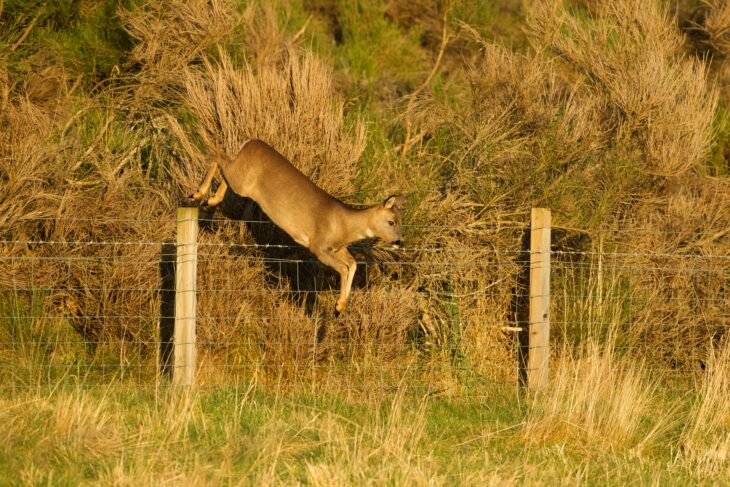
Despite the deer population in many parts of the uplands still being too high for healthy ecosystem function, in these regions there does at least exist the infrastructure and expertise to manage deer at scale, and in some places a concerted effort to significantly reduce deer densities is underway, both voluntarily by deer management groups (DMGs) and conservation partnerships, and in response to enforcement by NatureScot. Coordinating these efforts is made easier by the fact that, in many upland areas, large areas of land are owned by relatively few people, meaning fewer points of contact to manage (the vast inequality in land ownership in Scotland and the need for land reform is another hot topic which we do not have time to go into here).
In contrast, the lowlands can have multiple land use types and an extremely diverse ownership pattern over a comparatively small area. Take as an example some of our East Lothian reserves, these share boundaries with upland sheep farms, beef and arable production, private dwellings, and tourism operations, to name a few, and often our reserves become sinks for deer from surrounding landholdings to move into. On some reserves attempting to maintain deer densities at ecologically sustainable levels without our neighbours engaging in similar efforts is just not economically feasible. Galvanising collaborative action on deer control among landowners in the lowlands will be a major challenge, but one which will be necessary to overcome if we are to make meaningful reductions in Scotland’s deer populations.
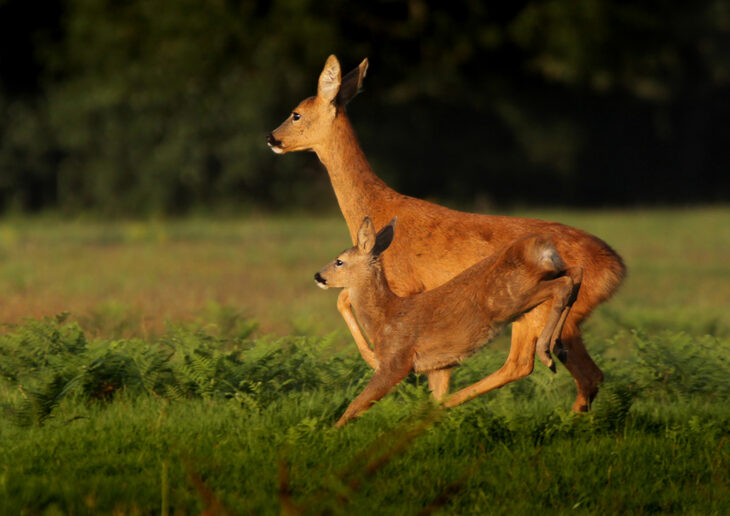
Government policy
Environmentalists, land managers and policy makers have been aware of the need to do something about Scotland’s deer problem for many decades, but to date government policy has been largely ineffective in bringing deer densities down to ecologically sustainable levels (see this excellent Scottish Environment LINK paper for an overview of this). In its latest attempt at addressing the issue, at the beginning of this year Scottish Government released a consultation entitled ‘Managing deer for climate and nature’ which proposed amendments to Scotland’s deer legislation.
The proposals are aimed at substantially reducing Scotland’s deer densities, with a focus on ecological restoration. Currently, the success of any land-based ecosystem restoration initiative is limited by the level of voluntary deer control being carried out in the surrounding landscape. This is also true of the condition of protected areas and nature reserves.
The introduction of Deer Management Nature Restoration Orders (DMNROs), as proposed in the consultation, could go some way to addressing this problem. DMNROs would give NatureScot the power to enforce deer management over large areas, encompassing multiple landholdings, in places where it is deemed there are “significant gains to be made in meeting biodiversity and climate objectives through deer management actions…” The Trust is very supportive of the ecosystem-based approach that DMNROs would take, and believe that, with Scotland being ranked as one of the most nature depleted countries in the world, there is no longer space for a voluntary approach when ecological restoration is the objective. As ever, how effective DMNROs will be in practice will come down to whether NatureScot is sufficiently funded to let them use these powers to their full potential.

Other proposals included measures to remove some of the barriers which exist to upping the national cull, including repealing the Venison Dealer’s License and shortening the closed season for shooting female deer. There are concerns from the gamekeeping community that changes to the closed season will lead to the orphaning of young and the shooting of pregnant hinds. We share these concerns, but also believe that, in order to make meaningful reductions in deer populations across Scotland, the length of time within a year that breeding females can be shot needs to be maximised, and that these concerns can be allayed through an emphasis in deer stalker training in best practice for shooting female deer.
Bottlenecks in the venison supply chain are a major obstacle to significantly reducing Scotland’s deer population, and repealing the Venison Dealer’s License could serve to remove some of these barriers by making the sale of venison accessible to smaller, independent dealers, thereby increasing the supply of affordable local venison to communities.
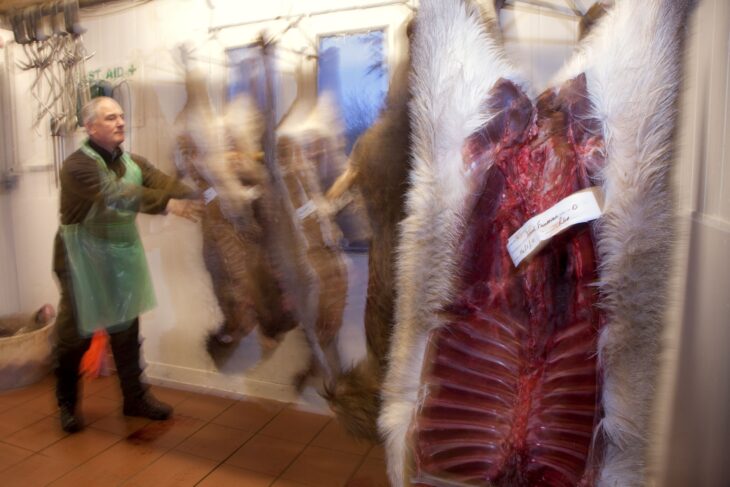
More recently, Màiri McAllan (Cabinet Secretary for Net Zero and Energy) announced that the government has plans to develop a national venison subsidy scheme. This concept was born out of successful collaboration between members of the Common Ground Forum – Scottish Environment LINK, Association of Deer Management Groups (ADMG) and Scottish Venison, and the three organisations recently released a joint statement celebrating the Cabinet Secretary’s announcement and the success of the collaborative approach. A venison subsidy would make venison supply a much more viable business prospect, which would in turn boost investment in the industry and support employment across the deer sector, which could have many positive knock-on effects for nature and climate.
Another avenue currently being explored is to enable communities to become more involved in deer management. NatureScot is currently piloting this idea at their Creag Meagaidh National Nature Reserve (NNR), and another scheme is proposed for Ben Eighe NNR. The Trust and partners have also undertaken similar work previously as part of the Coigach and Assynt Living Landscapes (CALL) Sustainable Deer Management Project which ran from 2017 to 2021. Common in many European countries, community models of deer management can offer a sustainable solution to deer control by providing the community with access to locally sourced venison whilst simultaneously reducing the public costs of deer management.
There are also projects actively advocating for the return of lynx to the Scottish landscape, such as the Lynx to Scotland partnership, citing sustainable deer management as a potential positive outcome. Reintroduced lynx could certainly be part of the solution, but solving Scotland’s deer issue at its current magnitude is going to require a multi-pronged approach.
With the ending of the Bute House Agreement, and no specific policy schedule in place until the new Programme for Government is released in September, there is some uncertainty as to what will be prioritised under John Swinney’s new government. The Trust hopes that the new cabinet will maintain the momentum built over the past few years on biodiversity and climate change policy. We need to move forward with the same ambition shown in the draft Strategic Framework on Biodiversity to deliver groundbreaking policy and legislative changes on deer management.
Deer are consistently identified as a major barrier to delivering much of our nature and climate ambition, but when brought back down to levels in balance with their environment, these animals can play a very important role in maintaining healthy ecosystems and assisting with nature recovery.
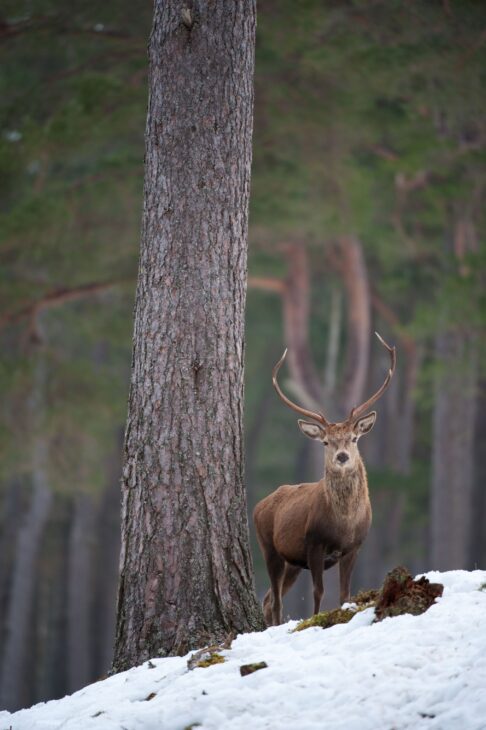
Help protect Scotland’s wildlife
Our work to save Scotland’s wildlife is made possible thanks to the generosity of our members and supporters.
Join today from just £4 a month to help protect the species you love.
Preface
The majestic red deer stag holds a strong cultural significance in Scotland. Throughout the centuries this impressive beast has been revered as a symbol of strength, nobility and wisdom. Our …
